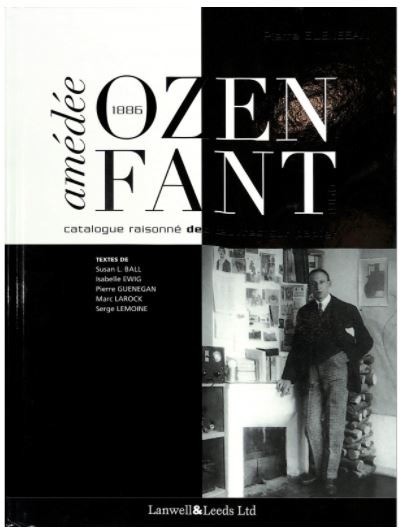Catalogue Raisonné des Œuvres sur papier
- Titre : Catalogue raisonné des œuvres sur papier
- ISBN : 978-2-9700494-6-5
- Année de parution : 2016
- Prix : 200€
- Éditeur : Lanwell & Leeds Ltd (publishers of fine art books)
- Distributeur France : Pierre Guénégan +33(0) 609 267 864 artexpertises@hotmail.com
- Caractéristiques techniques : Format : Relié sous étui - 323 pages - Poids : 400g - Dimensions : 24cm x 32cm
- Bilingue Français / Anglais
- In the annotated catalog of Amédée Ozenfant's paintings published in 2012, we attempted to analyse the artist's intellectual development as a whole and his various influences, which were mainly due to his association with the great artists of his time. From 1916 to 1918, the influence and shock of Cubism can be seen in his work. As he tried to find his way, he met Charles-Edouard Jeanneret, who would become better known as Le Corbusier. Some time later, he associated with Fernand Léger, with whom he opened a school for visual arts in 1925 where he would have his first teaching experiences. With Jeanneret, he founded a journal whose name was both eloquent, provocative, and, above all, revealing: L’Esprit Nouveau ["The New Spirit"]. The two artists developed a new movement: purism. Amédée Ozenfant can be considered Purism's true founder and theoretician, while Jeanneret espoused its ideas. Jeanneret himself acknowledged in his writings that Ozenfant was the true master and that he owed him everything. Ozenfant and Le Corbusier grew apart and their partnership broke up one year later. Beginning in 1936, Amédée Ozenfant travelled in Europe a great deal and left France to spend several months in England. In 1939, he crossed the Atlantic and settled in America, where a new adventure began. First of all, he opened a painting school in New York. He also took part in the extraordinary experience of Black Mountain College in North Carolina where he met other teachers who were important artists and would become essential friends to him over the years, such as Joseph and Anni Albers and Walter Gropius, former Bauhaus members with whom he would stay very close. His art would gradually move toward representation charged with symbolism, like that of Léger. The Ozenfant’s School of Fine Arts in New York quickly became very successful. During the war, Ozenfant also participated in an extraordinary experience: The Voice of America, radio broadcasts created by exiled intellectuals from France and elsewhere. There, he met up with many of his artist friends: Matta, Zadkine, Tanguy, Ernst, Léger, Breton, Masson, Mondrian, and many others. He then became better known in America than in Europe, and this is still true today.




